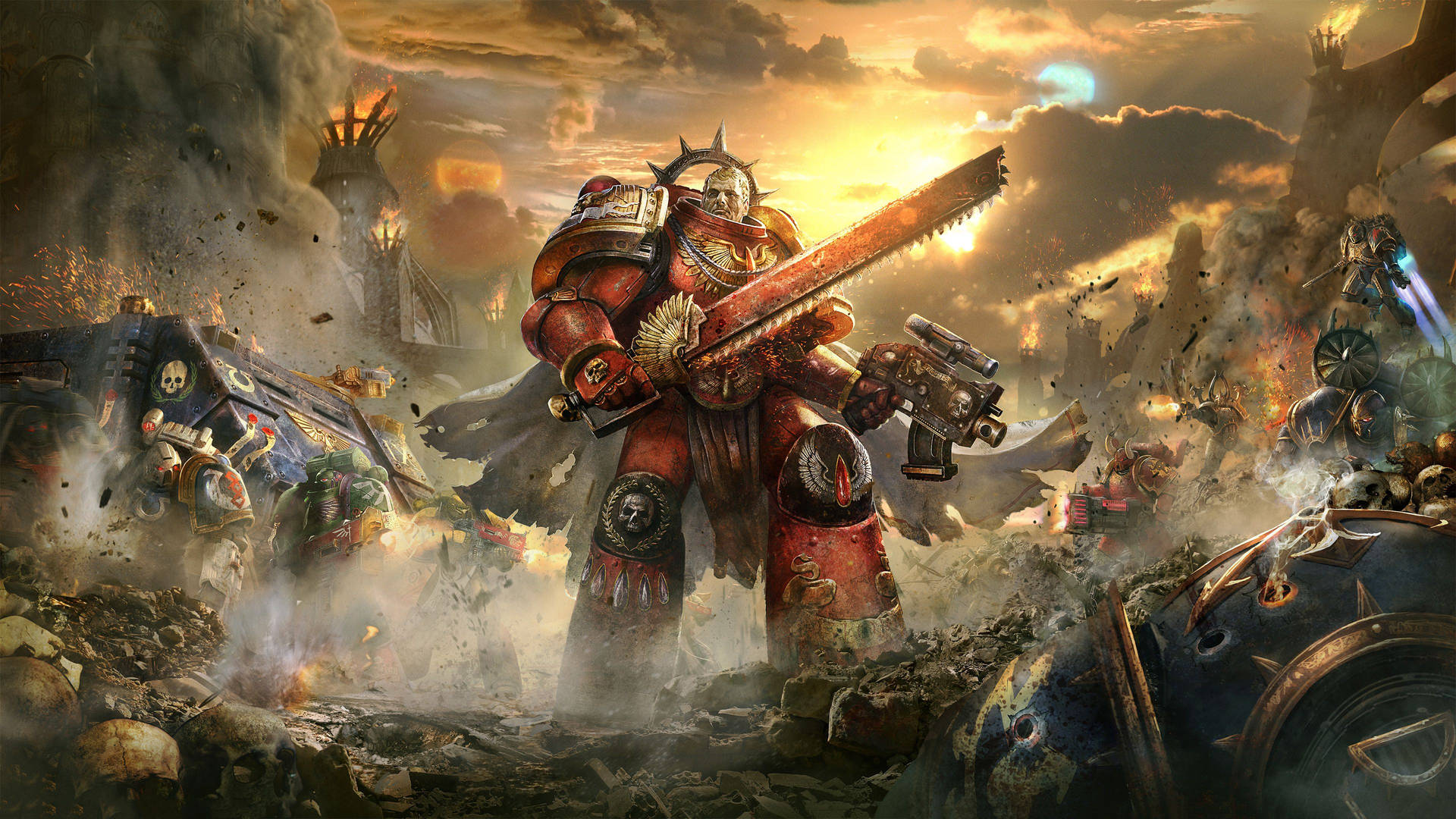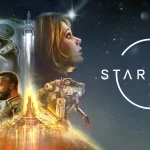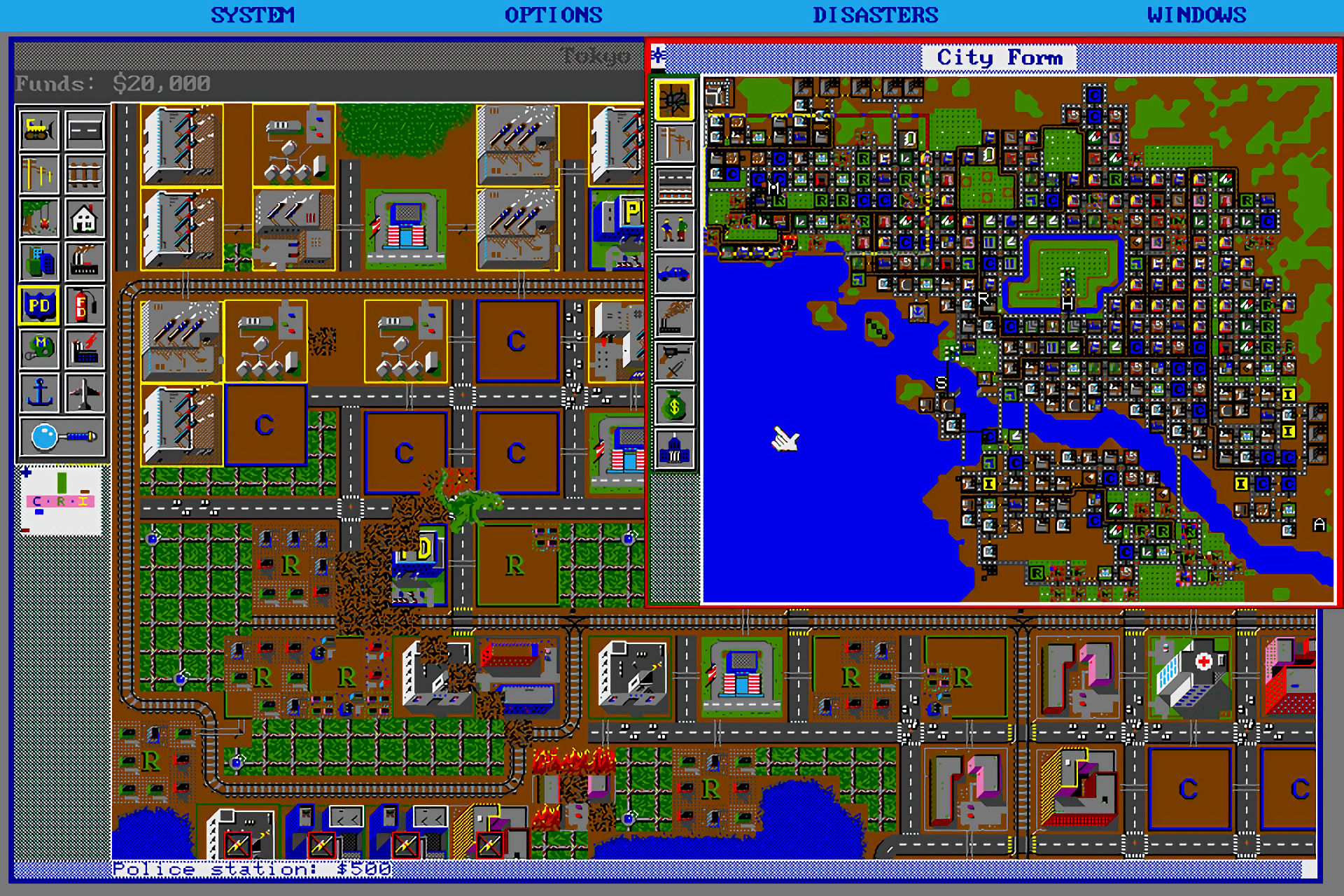IN THE GRIM DARKNESS OF THE FAR FUTURE, THERE IS ONLY WAR.
In the 41st Millennium, warring factions from ancient civilisations and upstart empires fight endless battles across innumerable worlds. Humanity stands alone, beset on all sides by the heretic, the mutant, and the alien. There is no mercy. There is no respite. Prepare yourself for battle.
Explore the grim universe of Warhammer 40,000, a relentless battleground where humanity’s struggle against Chaos and alien empires unfolds. In this dark galaxy, conflict is perpetual, and every planet is a crucible of torment. Video game developers have embraced this setting, offering players the opportunity to lead armies, conquer planets, and decide the fate of the Emperor or Xenos races. Join us on a journey through the top five Warhammer 40K strategy games that capture the essence of this universe, where tactical brilliance is the key to survival in ceaseless warfare.
Five. Warhammer 40,000: Mechanicus
Mechanicus is a turn-based strategy game which offers a unique Warhammer experience. The game starts with players controlling the Adeptus Mechanicus faction battling the regenerating Necrons. The storyline might be confusing for newcomers, but it’s familiar to fans of the Warhammer 40k universe.
The game features 50 missions divided into two phases: exploration and combat. During exploration, players make choices that impact the mission, adding some variety to the gameplay. However, the repetition can become evident after numerous missions. The core of the game is the turn-based combat, reminiscent of XCOM. Players gather cognition points through exploration, vital for combat effectiveness.
The Necrons have a unique regeneration mechanic, and battles require strategic planning. Upgrades, abilities, and skill trees provide depth to character development. Graphically, the game isn’t groundbreaking but has an aesthetically pleasing style.
Warhammer 40,000: Mechanicus is a great portable option on the Nintendo Switch, providing entertainment during commutes. While not as polished as the PC version, its presence on the console is noteworthy. If you enjoy turn-based strategy games, it’s a must-buy for its lengthy gameplay.
Full our full retrospective: https://oldgamr.net/warhammer-40000-mechanicus-a-retrospective/
Warhammer 40,000: Mechanicus is available on PC, Xbox One, Playstation 4 and the Nintendo Switch.
Four. Warhammer 40,000: Battlesector
Battlesector offers an epic and immersive experience set in the iconic 40K universe. The game follows the honourable Blood Angels as they combat the menacing Tyranids on the moon of Baal Secundus. While the game provides explanations through cinematics and an initial sequence, it does assume some prior knowledge of the 40K lore, which might be overwhelming for newcomers.
In this turn-based strategy game, the objective is straightforward: complete missions and defeat the enemy using units with a set number of attacks per round. Each unit’s attacks have a chance to hit and inflict damage, adding an element of uncertainty, akin to the physical tabletop game. Battlesector authentically recreates the tabletop experience in a virtual format, making it accessible to both newcomers and veterans.
Customising your army by choosing unit types, similar to the tabletop game, adds to the game’s replayability. Units level up with use, unlocking better gear, and enabling diverse playstyles. The game’s varied terrains, from derelict citadels to expansive wastelands, encourage different tactics.
The voice acting in Battlesector is delightfully over-the-top and fitting for the setting, enhancing the immersive experience. Overall, Battlesector is a testament to the developers’ dedication and love for Warhammer 40,000. While it may be slightly daunting for newcomers and lacks Tyranid campaign missions, it offers a superb and authentic Warhammer experience.
Battlesector is available on: PlayStation 4, Xbox One, Microsoft Windows, Xbox Series X and Series S.
Three. Warhammer 40,000: Sanctus Reach
Warhammer 40,000: Sanctus Reach is a turn-based strategy game that faithfully recreates the Warhammer 40,000 tabletop battles. Players control the Space Wolves in their battle against an Ork invasion. The game’s campaign involves assembling Space Marine armies using a system similar to the tabletop game’s army-building, with units having point values. One unique feature is unit progression, allowing troops to level up and gain special abilities.
Battles occur on maps with terrain elements, and gameplay follows a turn-based format, requiring strategic positioning and the use of cover. Different units require specific weapons for effective damage. Sanctus Reach stays true to the Warhammer 40,000 universe, delivering a consistent experience.
While the game offers a narrative framework, the story isn’t the main focus. Story missions and standard skirmishes have similar objectives, allowing players to create their own narratives within the 40k universe. However, the game has limitations, including a limited range of mission types, potentially repetitive skirmishes, and less dramatic conclusions. AI turns can also be time-consuming.
Despite these issues, Sanctus Reach provides a rich strategic experience that captures the essence of Warhammer 40,000 tabletop battles, making it enjoyable for fans of the universe.
Warhammer 40,000: Sanctus Reach is available on PC.
Two. Battlefleet Gothic: Armada 2
Battlefleet Gothic: Armada 2 is a substantial leap forward from its 2016 predecessor. It delivers a more polished and immersive experience with a complex, interconnected storyline that captures the essence of Warhammer 40,000.
Battlefleet Gothic: Armada II stands out by providing visually engaging, action-packed gameplay. It faithfully adapts the tabletop rules while introducing a narrative-driven campaign and diverse factions. This sequel builds on the foundation of the original, offering enhanced gameplay, larger battles, and a more coherent narrative.
Despite its space setting, the game evokes the atmosphere of a diverse Napoleonic war, with close-quarters engagements and strategic ship manoeuvring. Each faction possesses distinct strengths and weaknesses, encouraging players to employ varied tactics.
The campaign has undergone a significant overhaul, with three dynamic campaigns with strategic fleet movement, system conquest, and defence. This strategic depth enhances gameplay variety and fleet customisation options. Strategic missteps in the campaign can lead to challenging consequences.
Technically, Battlefleet Gothic: Armada II offers improved visuals, effects, and optimization compared to the original. Ship designs and faction aesthetics are more distinct, enhancing immersion. The sound and music add to the experience, with impactful cannon fire and ship collisions.
Battlefleet Gothic: Armada 2 is a commendable improvement over its predecessor. While it has minor issues, such as campaign repetition in later stages, it offers a substantial and engaging real-time strategy.
Battlefleet Gothic: Armada 2 is available on PC.
One. Warhammer 40,000: Dawn of War
The lineage for Warhammer 40,000: Dawn of War can be traced to Relic’s other titles, such as the Company of Heroes series. In essence, you construct a base, but instead of harvesting resources from the environment, you must secure specific points to gather resources. With these resources, you can create troops, upgrades, and additional structures. The objective is simple: obliterate your opponent’s base before they do the same to you. This straightforward premise is executed brilliantly.
Dawn of War’s gameplay possesses a captivating ebb and flow, reminiscent of a fencing match. As these specific points are crucial for building, the game thrusts you into conflicts over these scarce resources. Consequently, Dawn of War maintains a consistently aggressive atmosphere, perfectly in tune with the 40k universe. Dawn of War continually urges you to remain on the offensive.
As one would expect from Warhammer, characters possess unique abilities, digital versions of tabletop units are faithfully recreated, and the story strikes the right balance between absurdity and bombast. Concerning Dawn of War’s plot, it places you in command of the Blood Ravens Space Marine Chapter, guiding them through a series of scenarios. Along the way, you’ll confront Orks, Eldar, and Chaos in your quest to conquer Tartarus in the Emperor’s name.
While it may not reach the pinnacle of 40k storytelling, the narrative is engaging enough to keep you invested throughout the scenarios. You follow Captain Gabriel Angelos, accompanied by Librarian Isador Akios, as they initially attempt to thwart an Ork invasion and later uncover hidden truths about the planet. There are twists and turns, leading to an epic battle against the forces of Chaos. The voice acting strikes a solid balance between cheesy and cool, perfectly suited for Warhammer 40,000.
Dawn of War’s campaign gradually introduces you to units, enemy types, and mission objectives, ensuring you never feel overwhelmed. Importantly, it seamlessly integrates these with the narrative, making you realise in retrospect how effectively it taught the game’s many systems. The moment you unlock a Dreadnought and send it stomping across the battlefield to decimate your foes is exhilarating. It feels like obtaining a superweapon that guarantees victory against the Orks. When you later unlock Terminators and Predator Tanks, that feeling of invincibility persists.
However, despite these awesome abilities, you never feel overpowered, unable to simply mass units and steamroll your opponent. Dawn of War places great emphasis on intelligent tactical decisions. Your choices regarding which points to capture, when to harass your enemy, which bottlenecks to defend, and which troops to recruit will determine your success. Even in the story mode, these decisions vary from player to player, creating a unique narrative within Relic’s larger story. While one player might complete a mission with a horde of Tactical Marines transported in Rhinos, another might prefer the agility of Assault Squads with jetpacks and melee prowess. Thus, as we collectively explore Tartarus, we solve problems in diverse ways.
This diversity is further enriched in missions involving multiple enemies or allied units. Utilising the Imperial Guard to augment my forces was exhilarating, as was the challenge of defending against Ork attacks while attempting to conquer the Eldar. In Dawn of War, much like in Warhammer 40,000, each faction boasts distinct playstyles, units, and heroes.
The game’s mechanics, with its focus on resource control and tactical decision-making, create a dynamic and intense gameplay experience that keeps players on the edge of their seats.
Warhammer 40,000: Dawn of War is available on PC.



